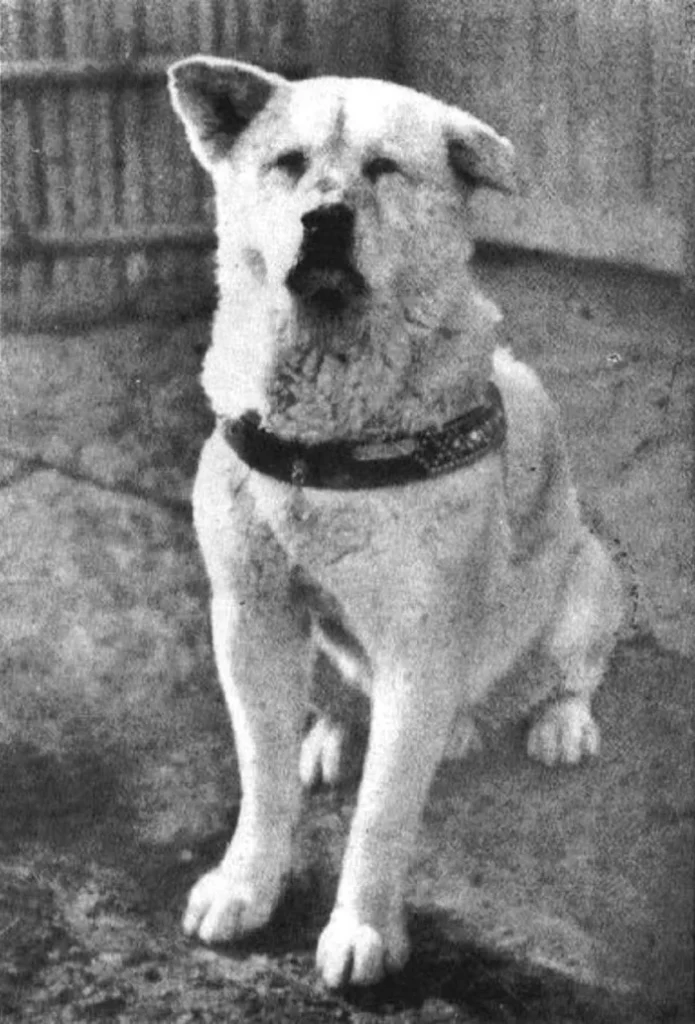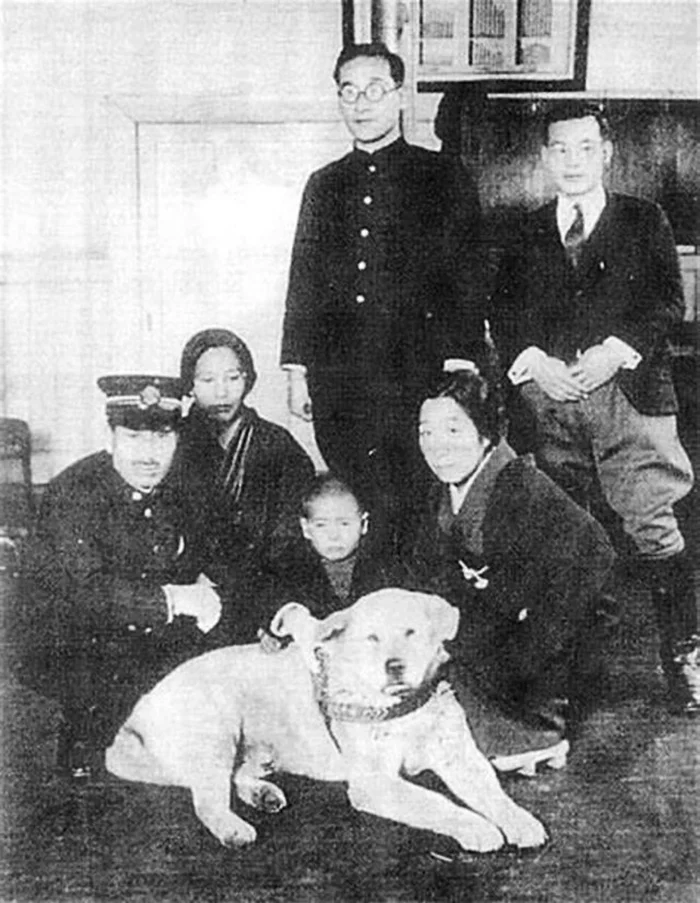Hachik is a well-known dog that is noted for his loyalty and affection. He rose to prominence not just in Japan, but all across the world. He was born in 1923 and was adopted by Hidesabur Ueno, a professor. The professor and Hachik resided in Tokyo, and Hachik would wait for his owner at the train station every day. Unfortunately, the professor did not return since he died. Hachik waited for him even after that. We finally have some amazing Hachik photos to share with you.
People from all across the world recognize the name Hachik.


He is remembered as the most devoted pet in history.
This continued for the following nine years, nine months, and fifteen days, with Hachik patiently waiting for his owner to arrive at the same train station every day. Every day, at the same hour, Hidesabur Ueno’s train was scheduled to arrive at the station.
After his owner died in 1925, Hachik would continue wait for him at the train station every day.

Hachik would go there on a daily basis at the same time his owner returned home from work.

People on the train noticed the lovely puppy, especially those who had seen him and his owner, Hidesabur, going from the station together. Not everyone was pleasant at first. Everything changed, however, on October 4, 1932, when the first story on Hachik was published. Following that, many people around the country began to pay attention to Hachik. People frequently brought him food and treats. Images of the devoted Akita may be seen in historical photographs from various periodicals at the time.

First published in a major newspaper in 1932, the piece described the devoted pet.

One of Hidesaburō Ueno’s older students wrote the article. The student, whose thesis was on the Akita breed of dogs, followed Hachikō home, to Kuzaboro Kobayashi, the late professor’s former gardener, after spotting one at the station. After reading about Hachikō’s life from Kuzaboro, the student produced a formal census of Akitas in Japan not too long after. Only thirty purebred Akitas were said to be alive in Japan, Hachikō from Shibuya Station being one among them.

Hachikō would have sweets and petted by those who would visit Shibuya Station.

The former student reportedly went to Hachikō on a regular basis and wrote various articles about the dog and his extraordinary loyalty throughout the years. Hachikō quickly gained national attention. The Japanese were incredibly moved and astonished by Hachikō’s unwavering devotion and affection. Hachikō rose to prominence as the national symbol of family loyalty, exemplified by both parents and educators.

Children were taught about loyalty through the example of the devoted dog.

Considered a national treasure, Hachikō
Renowned Japanese artist Teru Ando memorialized the faithful Akita Hachikō in 1934 with a bronze monument. Unfortunately, it was used up for metal during World War II. But in 1948, a second statue of the devoted Akita appeared and is still standing thanks to the efforts of the sculptor’s son. Currently, the station’s entrance adjacent to the statue is called “Hachikō-guchi,” which approximately translates to “The Hachikō Entrance/Exit.”
Sadly, the good boy passed away a year later.


Ten years of longing for his owner’s homecoming ended on March 8, 1935, with Hachikō’s death. At the time, the devoted dog was 11 years old. The reason of Hachikō’s death was ultimately discovered by experts in 2011, and it turns out that the excellent boy had both a filaria infection and fatal cancer.

He had been buried beside his owner.

Following Hachikō’s passing, his bones were burned and his ashes interred in Aoyama Cemetery in Minato, Tokyo. Beside the burial of his devoted owner, Professor Ueno, was laid to rest the faithful companion. In order to be on permanent exhibit at the National Science Museum of Japan in Ueno, Tokyo, the nice boy’s fur was preserved and stuffed.

His fur was stuffed and placed in the National Science Museum of Japan’s permanent exhibit.








Leave a Comment